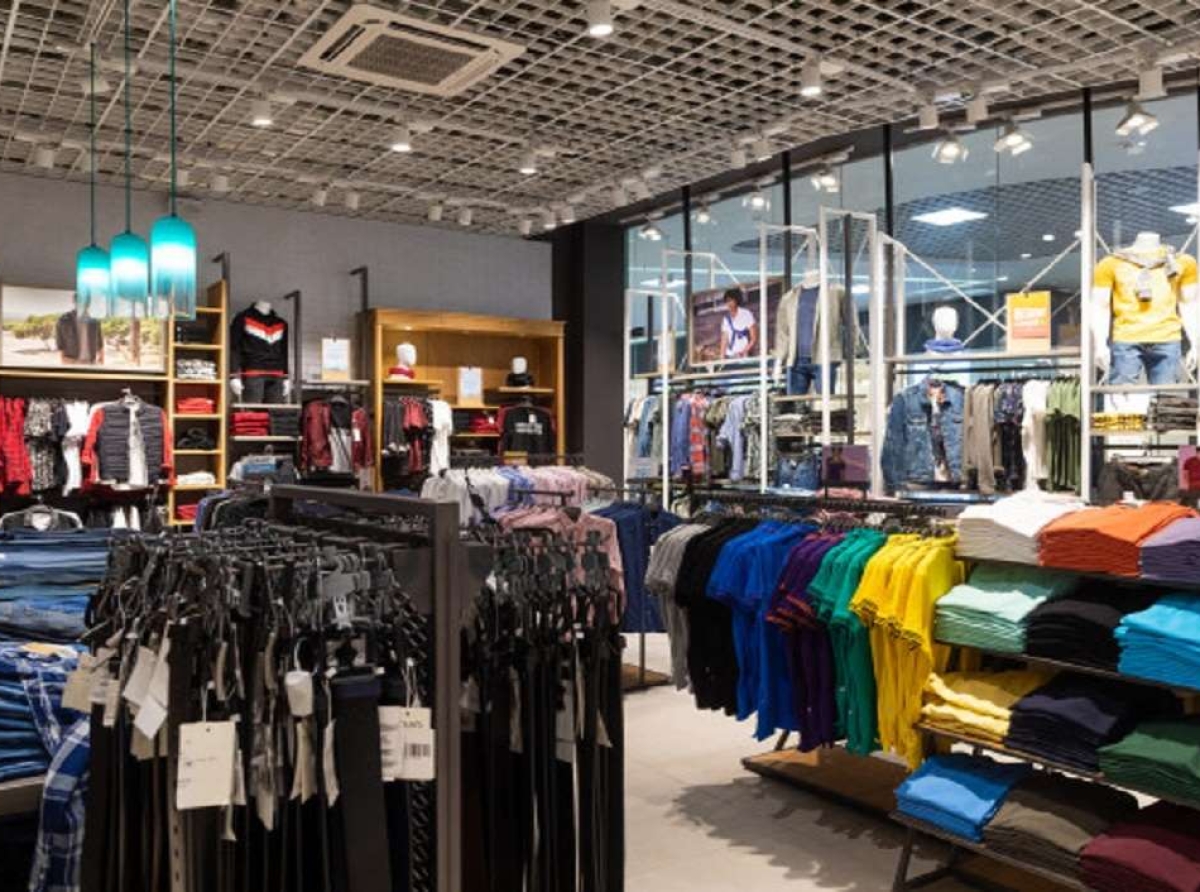Not Metros, Tier II & III towns continue to propel Indian fashion & apparel growth in 2024

12 January 2024, Mumbai
Why Bharat
For years, the buzzing metros were the undisputed leaders of India's fashion realm, relegating smaller towns to the sidelines with hand-me-downs and local tailors.
However, a silent revolution is taking place in Tier II and III cities, turning them from fashion outposts into thriving retail hubs.
This transformation, driven by increasing incomes, digital connectivity, and evolving aspirations, is reshaping the industry and uncovering a wealth of potential.
A Market in Full Bloom
According to CRISIL, the Tier II and III apparel market, valued at Rs 2.2 lakh crore in 2021, is poised to skyrocket to an astounding Rs 5.5 lakh crore by 2025, with a CAGR of 20.4 percent. In stark contrast, metros lag at 8-10 percent CAGR.
This rapid expansion brings forth a previously untapped consumer base, exceeding 139 million people aged 15–55 years, almost matching the demographic in Tier I cities, as reported by Kantar TGI 2023.
Beyond Metros, Beyond Stereotypes
Discarding the stereotype of sari-clad women and kurta-clad men; consumers in Tier II and III cities are embracing diverse styles, highlighting a growing appetite for fusion wear and western trends. The premium segment is set to grow at an impressive 22 percent, followed closely by the mid-price segment at 18 percent, reveals a KPMG-Facebook India report.
Menswear, traditionally perceived as stagnant in smaller towns, is experiencing a refreshing wave, fuelled by increased disposable incomes and social mobility. The segment is projected to grow at a robust 19 percent, compared to a 17 percent CAGR in women's wear, says a Technopak Advisors study.
Even the kid’s wear segment is moving ahead with full force, driven by rising birth rates and a focus on child fashion, with an expected 19 percent CAGR states ICRA.
Key Statistics: Segmentation of market distributions
Distribution of the Fashion Market by Tiers in 2021 (Source: CRISIL)
- Tier I: 45%
- Tier II: 30%
- Tier III: 25%
Projected CAGR of Fashion Market Segments in Tier II & III Cities (2021-2025)
- Premium: 22%
- Mid-price: 18%
- Menswear: 19%
- Womenswear: 17%
- Kidswear: 19%
Domestic brand success stories
Ethic wear giant BIBA has tapped into the preferences of Tier II and III consumers, offering stylish yet affordable options, and building a loyal fan base in small towns. BIBA founder Meena Agarwal states, "We speak their language, literally and figuratively."
Young professional Ankita from Bhopal agrees about the change, saying, "Earlier, it was Delhi or bust for trendy clothes. Now, I have everything I need right here, thanks to these new stores and online platforms."
2024 and Beyond A Bright Outlook:
Online platforms like Myntra and Nykaa are bridging the gap between urban brands and rural consumers. Ananth Narayanan, CEO of Myntra, emphasizes, "The growth potential in these markets is immense."
Then there are the ‘hyperlocal hustle’ brands catering to local tastes, offering personalized experiences and competitive pricing, poised to thrive. FabIndia CEO Abhay Gupta states, "Understanding the nuances of each town is key."
Meanwhile, consumers in Tier II and III cities are increasingly conscious of environmental issues and seeking eco-friendly fashion options, creating opportunities for brands to embrace sustainable practices.
Trickle effect
The fashion revolution in Tier II and III cities transcends market trends; it signifies a cultural shift.
Bharat i.e. India
As disposable incomes rise, aspirations soar, and technology connects these towns to the global fashion scene, they are no longer satisfied with hand-me-downs.
They are discerning, demanding, and eager to embrace the latest trends. Brands and retailers recognizing this potential and catering to their unique needs stand to reap the rewards of a market brimming with possibilities.
The future of Indian fashion is not confined to metros and glitz; it's about the quiet boom happening in smaller towns.

















